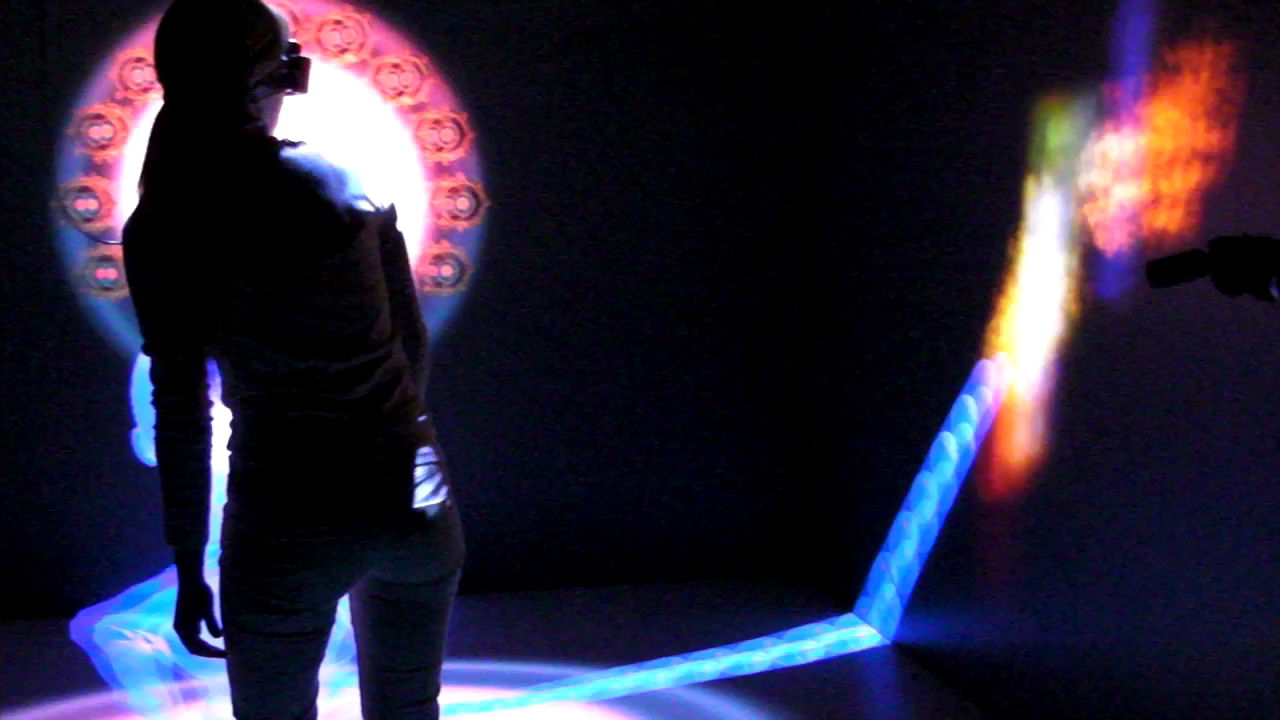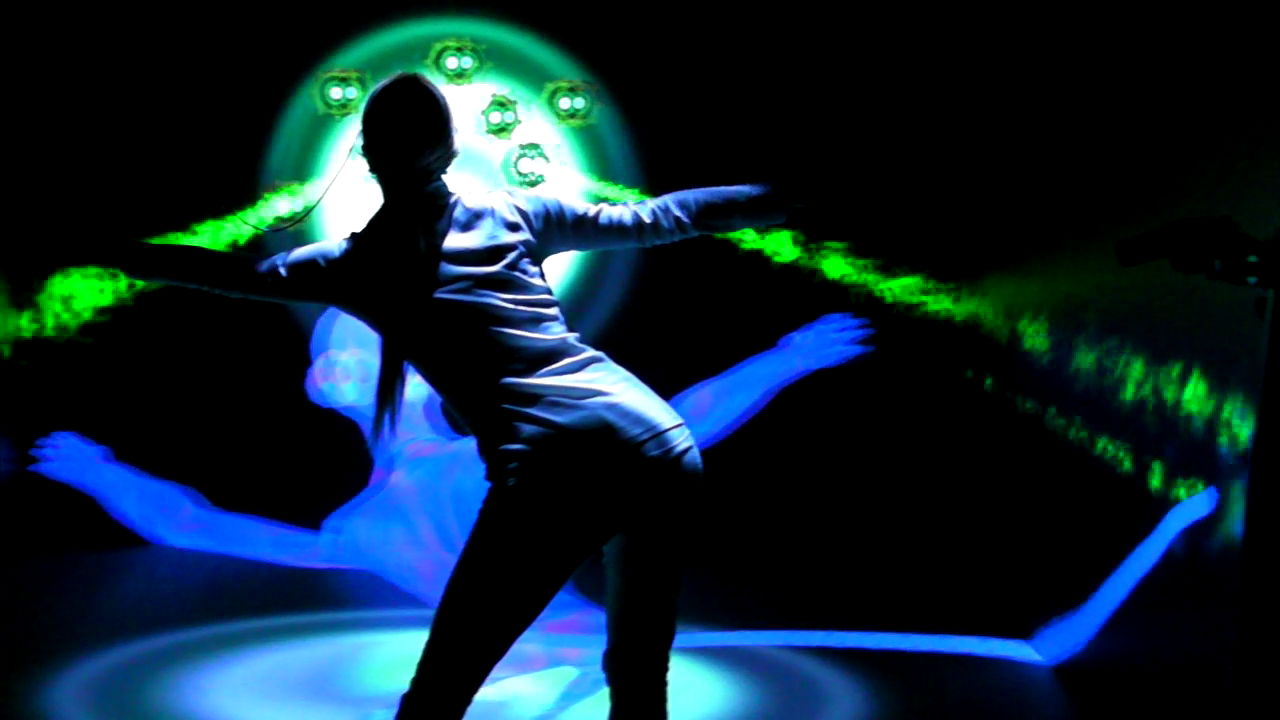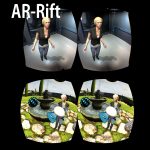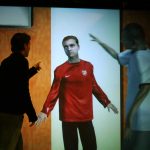Human Tails: Ownership and Control of Extended Humanoid Avatars
Abstract
This paper explores body ownership and control of an “extended” humanoid avatar that features a distinct and flexible tail-like appendage protruding from its coccyx. Thirty-two participants took part in a between-groups study to puppeteer the avatar in an immersive CAVETM-like system. Participants’ body movement was tracked, and the avatar’s humanoid body synchronously reflected this motion. However, sixteen participants experienced the avatar’s tail moving around randomly and asynchronous to their own movement, while the other participants experienced a tail that they could, potentially, control accurately and synchronously through hip movement. Participants in the synchronous condition experienced a higher degree of body ownership and agency, suggesting that visuomotor synchrony enhanced the probability of ownership over the avatar body despite of its extra-human form. Participants experiencing body ownership were also more likely to be more anxious and attempt to avoid virtual threats to the tail and body. The higher task performance of participants in the synchronous condition indicates that people are able to quickly learn how to remap normal degrees of bodily freedom in order to control virtual bodies that differ from the humanoid form. We discuss the implications and applications of extended humanoid avatars as a method for exploring the plasticity of the brain’s representation of the body and for gestural human-computer interfaces.
Acknowledgments
This project was supported by the FP7 EU collaborative project BEAMING (248620). Mel Slater was also supported by the ERC Advanced Grant TRAVERSE.
BibTeX
@article{steptoe2013human,
title={Human tails: ownership and control of extended humanoid avatars},
author={Steptoe, William and Steed, Anthony and Slater, Mel},
journal={Visualization and Computer Graphics, IEEE Transactions on},
volume={19},
number={4},
pages={583--590},
year={2013},
publisher={IEEE}
} 



